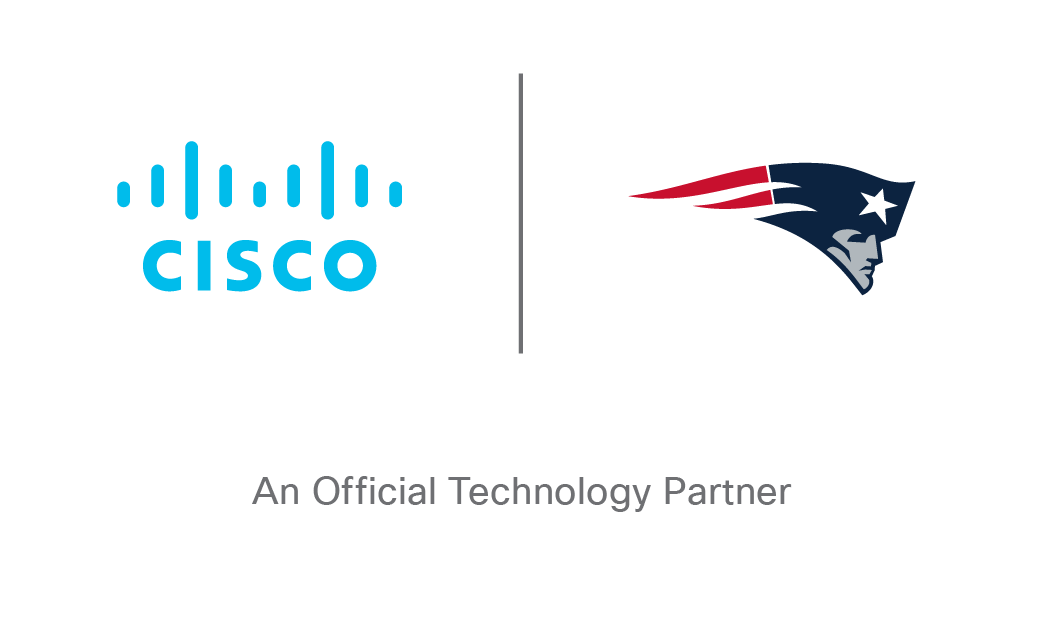This is a guest post by Sean Kerner.
Like all other areas of technology, cloud native has been impacted, with everyone working from home and major event cancellations, including the KubeCon EU 2020 event that has now been optimistically rescheduled to August. KubeCon is the premier global event held twice a year, for the cloud native and Kubernetes community. Though the in-person live event didn't occur there have been multiple virtual conferences including #CloudNativeSummit and a Cloud Native Computing Foundation (CNCF) event on machine learning workloads with Kubeflow.
Technology is always part of technology conferences, but that wasn't the only focus for #CloudNativeSummit, which had multiple sessions and speakers talking about resilience and well-being.
Cloud native projects moving forward
As companies adjust to new ways of working and teams learn how best to support each other, development efforts at the Cloud Native Computing Foundation have continued during the pandemic. That includes the release of Kubernetes 1.18 which became generally available on April 23. Kubernetes is at the core of cloud native movement, providing an open source platform for container orchestration. The CNCF has also been busy evaluating new projects to add to its ever expanding roster.
CNCF CTO Chris Aniszczyk noted that several new projects have joined CNCF in recent weeks, including the Kubernetes Event-Driven Autoscaling (KEDA) and the Argo projects. There are still even more projects the CNCF is evaluating as the cloud native landscape continues to grow.
"We've started to accept new projects and move projects from their different maturity levels," Aniszczyk said. "We're excited that we're adding and growing our cloud native project ecosystem that will help our end users and communities solve interesting challenges at scale."
Cloud native machine learning
Among the many cloud native projects that Cisco participates in is the Kubeflow machine learning platform. On March 26, Cisco announced a Kubeflow starter pack in an effort to help enable organizations to make effective use of machine learning in cloud native deployments.
"We have been part of Kubeflow from the get-go and are number two in terms of contributors to the project," said Vijoy Pandey VP & CTO cloud and distributed systems at Cisco.
Pandey explained that Kubeflow allows users to have a consistent set of applications to train and deploy models in a cloud native environment. He added that Kubeflow adoption is now ramping up in terms of proof-of-concept (PoC) evaluations and early deployments across multiple industry sectors.

Network Service Mesh
Network Service Mesh (NSM) is another growing effort within the cloud native community where Cisco is playing a leading role.
NSM got underway in 2018 and has been growing in terms of both technical capability as well as maturity in the years since. In fact, according to the CNCF's conference transparency report following the last KubeCon event, NSM ranked highly in terms of project interest.
"The number of real-world use-cases that we see for NSM is climbing day-by-day," Pandey said.
Cloud native adoption is growing
Adoption of cloud native technologies has accelerated dramatically in the last several years. In early March, the 2019 CNCF Survey results were published showing that 84% of surveyed organizations are now using containers in production, up from only 23% in 2016.
Kim McMahon, director of marketing for the CNCF noted in a #CloudNativeSummit session that 78% of organizations reported that they are now using Kubernetes in production, up from 58% in 2018.
Overall, open source in general is something that is growing and increasingly relevant now moreso than ever, according to Pandey.
"People are actually doubling-down on Kubernetes in the current environment," Pandey said. "There is a need for more sharing and there is a need for more open source, both from the contribution as well as consumption perspective."
Pandey added that from his perspective, during the COVID-19 pandemic there has been increased interest not just in Kubernetes but also in other open source efforts, in particular service mesh efforts including Linkerd and Istio. He noted that open source is a good way of working and in the current economic climate, the sharing element has triggered more focus as well.
"Consumption is definitely is going up and consumption of open source projects will drive more contributions," Pandey said. "Because as you consume more, more use cases come in and more features are developed."
###
We welcome the re-use, republication, and distribution of "The Network" content. Please credit us with the following information: Used with the permission of http://thenetwork.cisco.com/.



